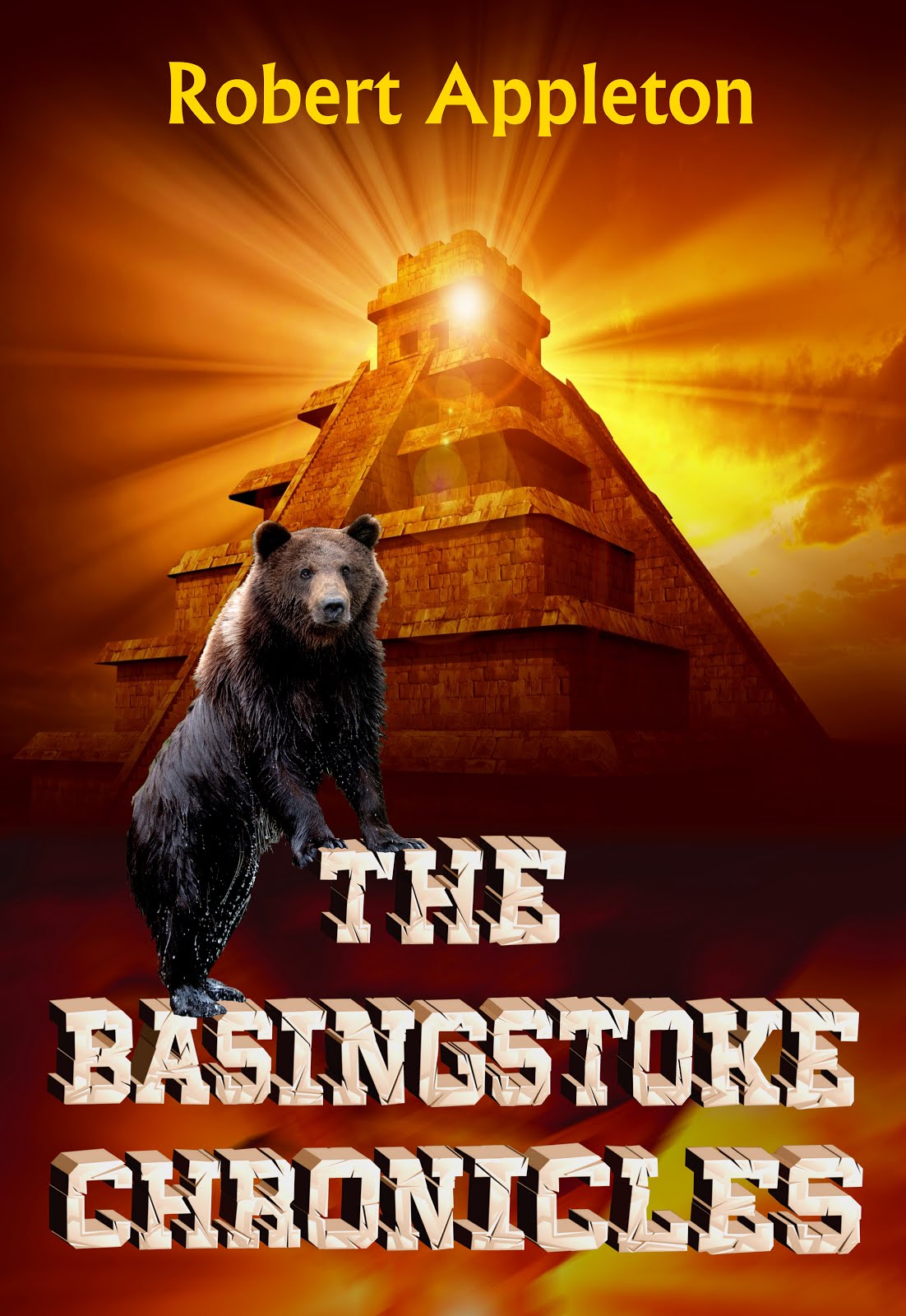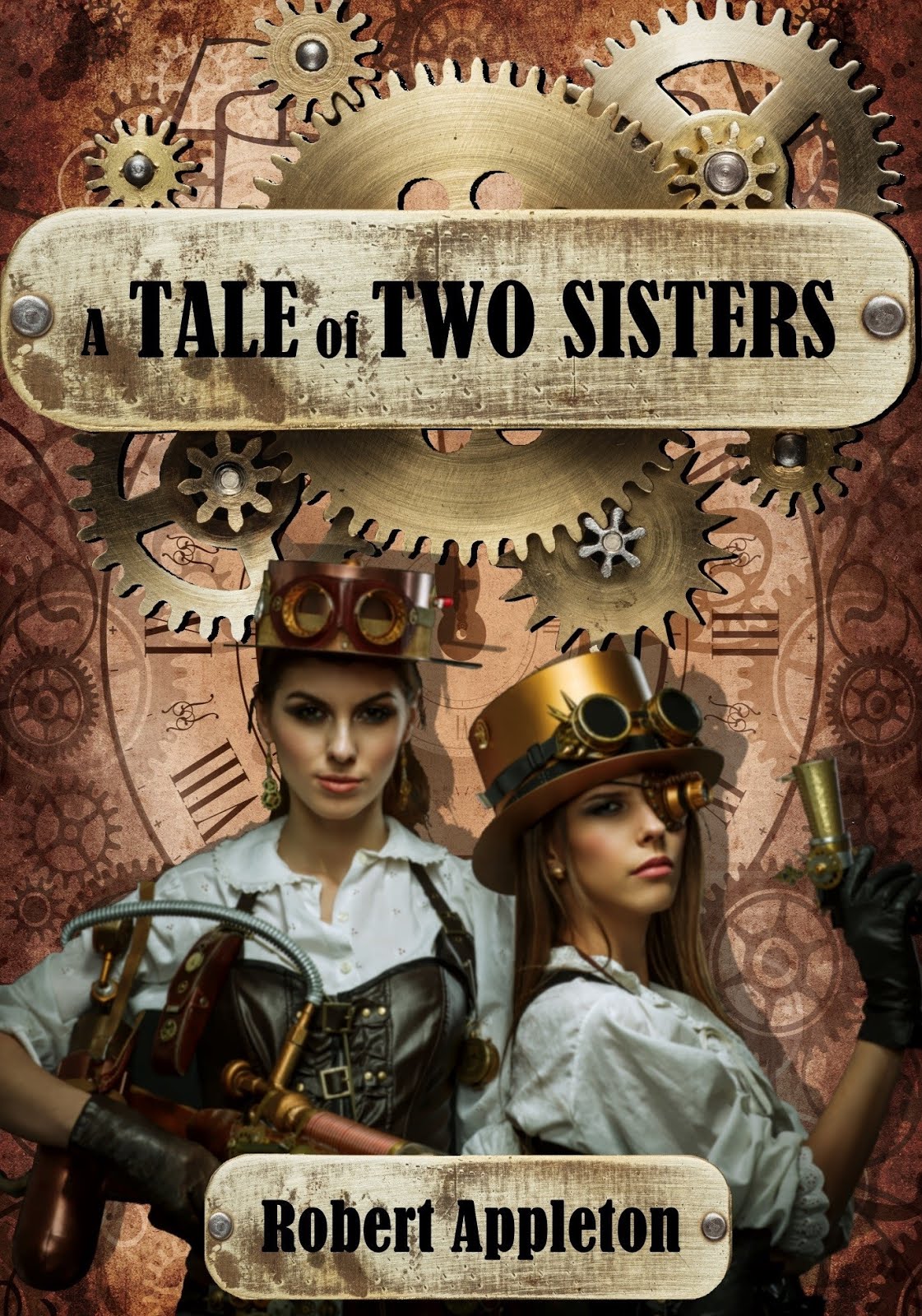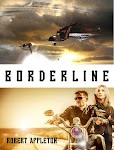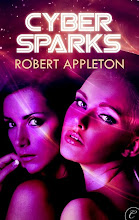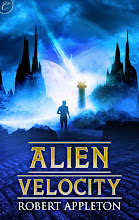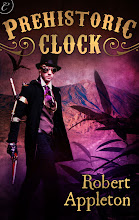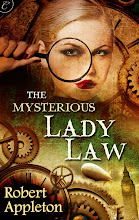H Rider HaggardI have to confess I've only ever read Haggard's two most famous novels, King Solomon's Mines and She. But
what novels! The first, and arguably the most influential adventure story since Homer's The Odyssey, is an infectious high of daring characters, exoticism, and journeying into the unknown. An English aristocrat teams up with a Navy captain and the most famous white hunter in Africa, Allan Quatermain, to find the former's lost brother, who was last seen on a treasure hunt. They are guided by a map to the fabled King Solomon's Mines, which Quatermain doubts ever existed. Haggard's goal is a potently simple one--to transport you mind, body and soul to the wilds of darkest Africa. I've read the book three times, years apart, and loved it each time. Simply put, it's
the adventure story.
Of the many film versions, I've seen three. They span fifty years of Hollywood history, and the comparisons are fascinating. The earliest of these was made in 1936 and starred Cedric Hardwicke (stoic as ever) as Quatermain, and perhaps most intruigingly, black singer Paul Robson as the mysterious native they befriend along the way. The musical interludes are actually a nice touch; they heighten the film's romanticism between action sequences. With it being black and white, the jungle scenes suffer in comparison with later versions, but there's striking cinematography on display--the whole film is gorgeous to look at. But what I like most about this version is its relative faithfulness to the novel. Characters are added or omitted, and there's a godawful romantic subplot (Haggard left the women at home), but particularly in the second half, the book's most memorable scenes are vividly brought to life. We even get to spend a decent amount of time in the mines themselves, something sadly lacking in the 1950 version. Overall, I'd rank this one highly as a film and as an adaptation.
My favourite King Solomon's Mines starred Stewart Granger as Quatermain and Deborah Kerr (regal actress, stunning redhead) in 1950. Two directors travelled to Africa to film the wildlife and primordial landscape, while also managing to squeeze in a quietly powerful love story. It's the epitome of English adventuring--abrupt manners, stubborn pigheadedness, and repressed attraction that slowly boils to the surface. Granger and Kerr look and sound fantastic. That the plot takes a back seat is surprising when I think of this as my fave version, but it has more to do with Granger being the perfect Quatermain than anything else. There's also a frightening (and
real) stampede, a canoe trip, and various other perils along the way. The finale is very much scaled-down from the book, but it's a quiet, satisfying ending to this particular romance.
The 1985 romp was an embarrassing mishmash of trendy heroics and daft comedy (it had to compete with both Indiana Jones and Romancing the Stone). A fine actor like Richard Chamberlain would probably have made a superb Quatermain in a straight version; he even had the thin physique of Haggard's hero. But the whole project was souped up and dumbed down. A case in point: Sharon Stone as the female lead! It seems Hollywood is incapable of filming this story in its original, all-male format. Of the three versions, this one is by far the weakest, and frankly should have a different title, as it bears no resemblance to King Solomon's Mines.
Haggard's second hit was another adventure into the exotic. He wrote She in just a few weeks, in what he called a state of "white heat". Again, it's a variation on the treasure hunt, with three companions journeying into the unknown, but this time there's something decidely supernatural at work. The eponymous lady is in fact Ayesha, a powerful queen who hasn't aged in millennia. Her secret is a strange flame that renders anyone who steps inside it immortal. She rules her ancient kingdom with brutality and superstition. In the story's most famous twist, she reveals this secret to one of the adventurers, whom she believes to be the reincarnation of her long-dead lover, but when she demonstrates the effect by walking into the flame, it reverses her immortality, and she crumbles before his eyes.
The 1936 film adaptation of She is purportedly the best, but I still haven't seen it. That leaves Hammer's 1965 version, starring Ursula Andress, John Richardson, and those two great horror icons, Peter Cushing and Christopher Lee. Being a British production, it's relatively low-budget, but, by that same British token, looks a lot more expensive than it is. There's a nice array of cave interiors, temples, and exotic costumes. I always enjoy this one for its cast, and the fact that it stays fairly close to Haggard's fascinating story. The most famous thing about Hammer's She is Ursula Andress as Ayesha. I think she's well-cast. Striking looks and monotone delivery an exotic queen doth make. Cushing and Lee are good, as always, and there's no shortage of nastiness towards the end. All in all, a pretty good version of a great book.
Edgar Rice BurroughsIf you take away Tarzan, poor ER Burroughs is the most unfortunate author on this list, in terms of screen adaptations of his work. I've read the following books of his,
all of which would make terrific family films: The Land That Time Forgot, At the Earth's Core, Pellucidar, A Princess of Mars, Gods of Mars, Warlords of Mars. So what went wrong?
Unfortunately for Burroughs, it's pretty much
all been about the jungle guy. Tarzan has overshadowed his other books so completely in the public eye that, even though they were all successful, none has been able to out-muscle audience demand for yet another Tarzan adventure. The Land that Time Forgot was brought to the screen in the seventies. It starred Doug McClure and Susan Penhaligan, and, on balance, was the best of that particular cycle of cheap monster flicks (all starring McClure). Actually, the first half an hour or so of The Land that Time Forgot is rather great. A group of American and English survivors manage to take over the German U-Boat that sank their ship. For the next few weeks, there is a tense seesawing of power on board, the ultimate result being that they end up thousands of miles off course, at the long-lost island of Caprona, a prehistoric world. The film tweaks the books's opening chapters somewhat, but the characters, scenario and action are deftly handled. It's an engrossing start. And to be fair, the remainder of the film is never boring. Despite woeful dinosaur effects, there's always a sense of escapist fun. The ending, too, is admirably faithful to Burroughs'. But I can't help thinking that a modern-day remake would be spectacular.
Same for At the Earth's Core, Burroughs' compelling adventure set in a hidden world deep underground, at the centre of the earth. The land of Peullidar has its own sun (a bright "core"), various disparate human tribes, and a race of hideous, telepathic bird-like creatures called the Mahars, overlords of this realm. Out two heroes, having burrowed down in a proptotype "giant mole", have a hard time resisting the Mahars and galvanizing the tribes into insurrection. Sweeping adventure, corny plot twists, etc. give the story a delightfully juvenile vibe. It would make a terrific matinee movie for kids. Unfortunately, the 1977 attempt was by the makers of The Land that Time Forgot. Cheap sets, feeble sound effects, crummy acting, and maybe the worst monsters ever paraded on screen sink this one like a stuffed diving bell.
In terms of potential, nothing anywhere in this list compares to the scope of Burroughs' great Martian series. He wrote a dozen books in all, I believe, and while I've only read the first three, there was so much imagination in those pages that only a mega-budget Hollywood movie would ever do it justice. That's probably why it has been mooted/started/rumoured/planned/slated for over eighty years. At one point, Ray Harryhausen considered it. Lately, at least five big-name directors have been attached. There's one thing for sure--it could never have been done satisfactorily before the advent of CGI special effects.
John Carter is a Civil War Confederate soldier on the run. One night, in a high cave overlooking the desert, he is whisked away to planet Mars, or what he learns, from its inhabitants, is called Barsoom. Naked, but possessing great agility (due to the lower gravity), he quickly becomes a feared warrior on Barsoom. He befriends a fearsome, twelve-foot green Martian called Tars Tarkas, and finds a loyal pet in multi-eyed, multi-fanged, multi-limbed Woola. But most important of all, he meets lovely Dejah Thoris, the most beautiful (and also naked) woman on the planet, whom he later finds out is none other than a princess of Helium. Carter's various battles, conquests, adventures etc. grow ever more ambitious and dangerous. Spectacular is the world, and the word. It's Burroughs' most gleeful creation--everything you could possibly want from a Martian adventure. Hopefully we'll get to see it some day.
In closing, I'll leave you with my top five books and films from this list. See how many you've read/seen, and if there are any you haven't, I hope I've convinced you to seek them out. It really is like taking a trip back in time. A timeless one.
Cheerio,
Rob
Top Five Books
1. Mysterious Island
2. King Solomon's Mines
3. A Princess of Mars
4. War of the Worlds
5. The Time Machine
Top Five Film Adaptations
1. War of the Worlds (1953)
2. 20,000 Leagues Under the Sea (1954)
3. The Time Machine (1960)
4. The Invisible Man (1933)
5. King Solomon's Mines (1950)







